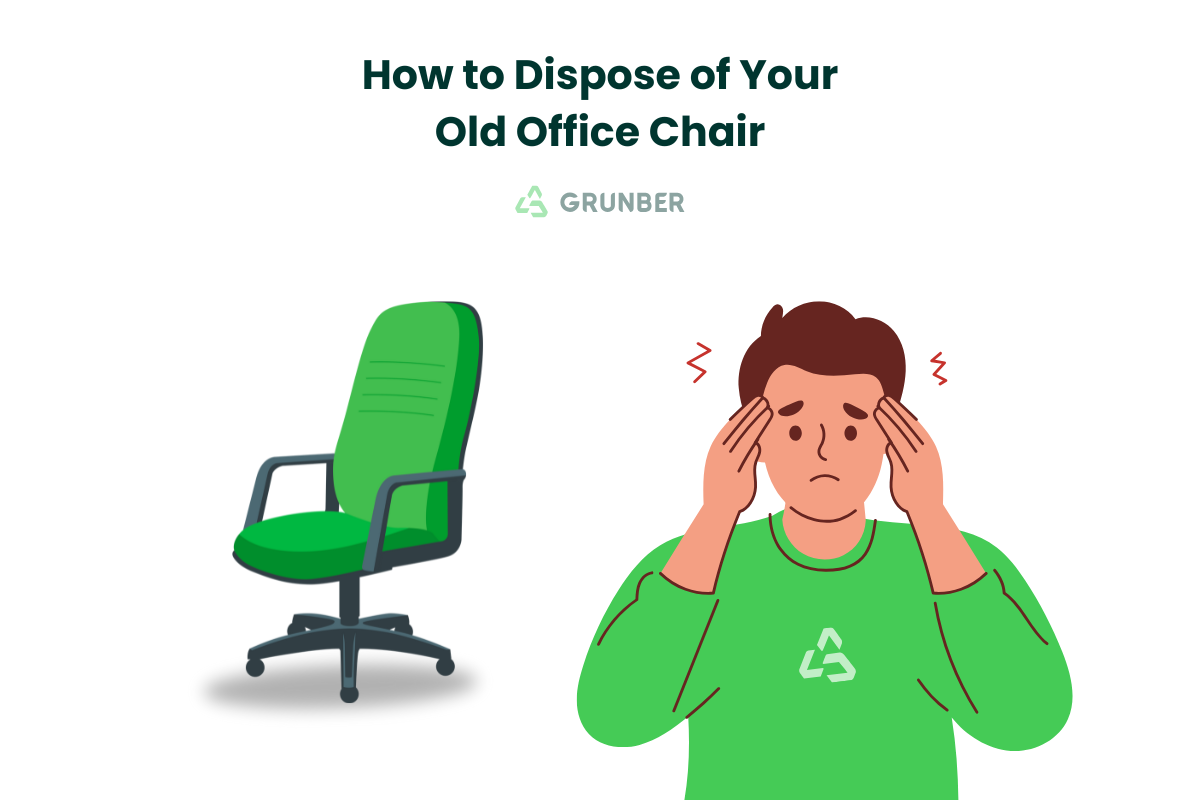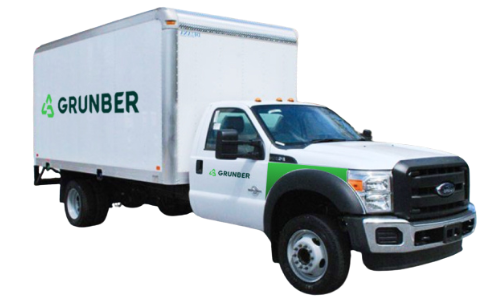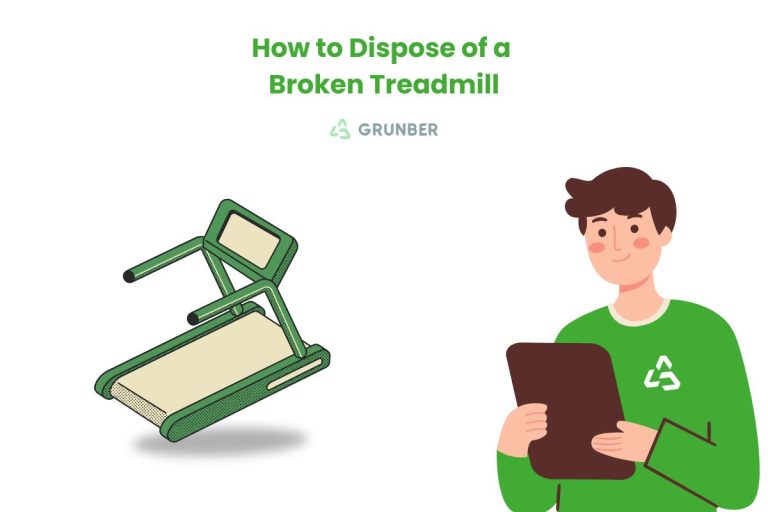Have old office chairs piling up—maybe just one or a whole conference room’s worth—and not sure where to start? Whether you’re working solo from a home office or running point on a big corporate cleanout, figuring out what to do with worn-out or outdated chairs can be a real pain.
The good news? Once you know the basics—like local rules, recycling options, and eco-friendly hauling services—it’s surprisingly simple. Stick around for a quick rundown on how to dispose of your office chairs responsibly (and legally!) anywhere in the U.S.
Check Local Regulations
Depending on where you live, the guidelines for getting rid of office chairs can vary a lot. Some cities treat large office furniture as bulk waste, which could mean:
- Scheduling a Special Pickup: Many areas only offer certain days for big-item pickups, so set a reminder to call or check online.
- Dropping Items at Specific Facilities: You might have to haul your chairs to a local recycling center or transfer station—bring a friend if you’ve got a bunch.
- Permits or Extra Fees: If your chairs mix metal, plastic, and fabric, your city might charge a nominal fee for handling them.
Got dozens of chairs? Offices usually deal with stricter rules (and bigger quantities) than homeowners. If you’re managing a large batch, do yourself a favor and call your local sanitation department well ahead of time. They can clue you in on any special guidelines or paperwork you’ll need, so you’re not stuck with a fleet of unwanted chairs.
If you’d rather skip the runaround or just don’t want the hassle of calling city hall, contact Grunber. We’re pros at fast, eco-friendly junk removal across the U.S. and can handle all the local rules so you don’t have to.
Can I Recycle My Office Chair?
Many office chairs contain recyclable materials like metal frames, plastic components, and sometimes even wood or fabric that can be repurposed. Whether your chair is recyclable depends on its design and the availability of local recycling facilities.
- Metal Frames: Metal is highly recyclable. Check if your local recycling center accepts steel or aluminum parts.
- Plastic Components: Hard plastics used in seat pans or armrests may be accepted, but only if they meet your municipality’s plastic guidelines.
- Fabric or Foam: Fabric upholstery and foam padding are often non-recyclable unless you find a specialized textile recycling program.
- Wheels and Casters: Sometimes made of mixed materials (rubber, plastic, metal), these might require separation before recycling.
Prepping the Chair for Recycling
- Disassemble: Use basic tools to remove the seat, armrests, and backrest from the metal frame.
- Sort Materials: Group metals separately from plastics.
- Dispose of Non-Recyclables: Anything your recycling center doesn’t accept (e.g., certain foams) should be set aside for regular trash or special bulk waste.
You may also be interested in:
Can I Just Put It Outside? (Business vs. Residential)
Residential Disposal:
- Placing a single chair at the curb might be acceptable in some cities’ bulk-waste policies, but always confirm ahead. If they accept it, put outside with a sign that says something like “Free Office Chair”, or “For sale $5 each”. Some places require that items be under a certain size or weight.
- In many neighborhoods, unannounced large-item dumping can incur fines or lead to your furniture being left untouched, so be careful!
Business or Commercial Disposal:
- Office complexes often have rules against leaving chairs or other large items in dumpsters meant for everyday trash.
- Local ordinances may require that businesses transport bulky office items to special drop-off sites or hire a private hauler.
- If you’re switching out an entire office floor’s worth of chairs, it’s almost always more efficient to coordinate with a licensed junk removal provider.
Simply “putting it outside” is rarely the best solution—especially for businesses, where improper disposal can create an eyesore and draw penalties. A bit of planning helps ensure compliance, safety, and a cleaner community.
Professional Disposal Services
If you want the most convenient, stress-free approach, hiring a professional disposal service is ideal. Commercial clients, in particular, benefit from a streamlined solution—especially when facing a large number of chairs.
- Full-Service Removal: They’ll come in, handle disassembly, loading, and transport.
- Eco-Friendly Approach: Reputable services donate or recycle any usable parts to reduce landfill waste.
- Saving Time and Labor: No need to coordinate with multiple recycling centers or local waste-management schedules.
Why Choose Grunber
- Quick & Flexible: Our advanced technology matches you with vetted local drivers for same-day or next-day pickup.
- Responsible Disposal: We strive to recycle or donate whenever possible.
- Nationwide Coverage: From big cities to rural areas, we serve clients across the entire U.S.
- Local Expertise: Each driver is familiar with local regulations, ensuring you stay compliant.
By opting for specialized junk removal, you save time and avoid potential fines. Whether you have a single broken chair or dozens from a multi-floor office, professional disposal services make the entire process smooth and eco-friendly.
Common Questions
1. Do I have to pay a fee at my local disposal site?
Fees vary by location. Some recycling or transfer stations offer free drop-off for certain items, while others charge based on weight or item type.
2. What if my office chair is still in good condition?
If the chair remains functional, consider donating it to a local charity or thrift store. Some nonprofits also schedule free pickups for larger items, provided they’re in decent shape.
3. Can I make money selling my old chairs?
Yes, if your chairs are in excellent condition or have collectible value (vintage or high-end ergonomic models), you could sell them online. However, if they’re heavily worn or broken, recycling or junk removal might be more practical.
4. How do I prepare a large number of chairs for pickup?
Group all chairs in a single area for easier loading. Remove any personal items, check that each chair is fully accessible, and if possible, disassemble parts that can be quickly removed.











